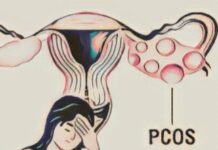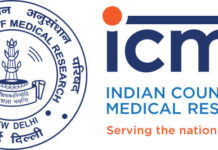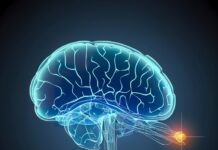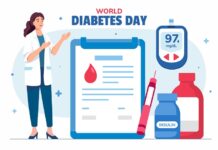A team of biomedical researchers from the U.S. and the U.K. has discovered two groups of neurons involved in the sensation of fullness—one group activates before eating, and the other after. Published in the journal Science, their study used experiments with mice to delve into the brain mechanisms behind feelings of satiety following a meal.
Drugs like Ozempic have gained attention for their effectiveness in weight loss, though the exact mechanisms were previously unclear. These drugs, similar to the hormone glucagon-like peptide 1 (GLP-1), were initially developed to regulate blood sugar levels in diabetes patients. However, doctors observed that these drugs also led to weight loss, likely due to a reduction in appetite.
To investigate further, the researchers conducted a study involving obese volunteers. Participants were asked to rate their fullness before and after consuming a plate of fried chicken. The study found that those taking liraglutide, a GLP-1 drug similar to Ozempic, felt full before eating and even more so after the meal.
The team then studied mice, focusing on the dorsomedial hypothalamus—a brain region linked to hunger and satiety, regulated by neurons with GLP-1 receptors. By artificially stimulating these neurons before and after presenting food to the mice, the researchers identified specific neurons responsible for the sensation of fullness. They demonstrated that GLP-1 drugs act on both types of neurons, explaining the drugs’ effectiveness.
As reported by MedicalXpress, this study sheds light on how GLP-1 drugs aid in weight loss, potentially paving the way for new treatments targeting these specific neurons to help manage obesity and related conditions.
























